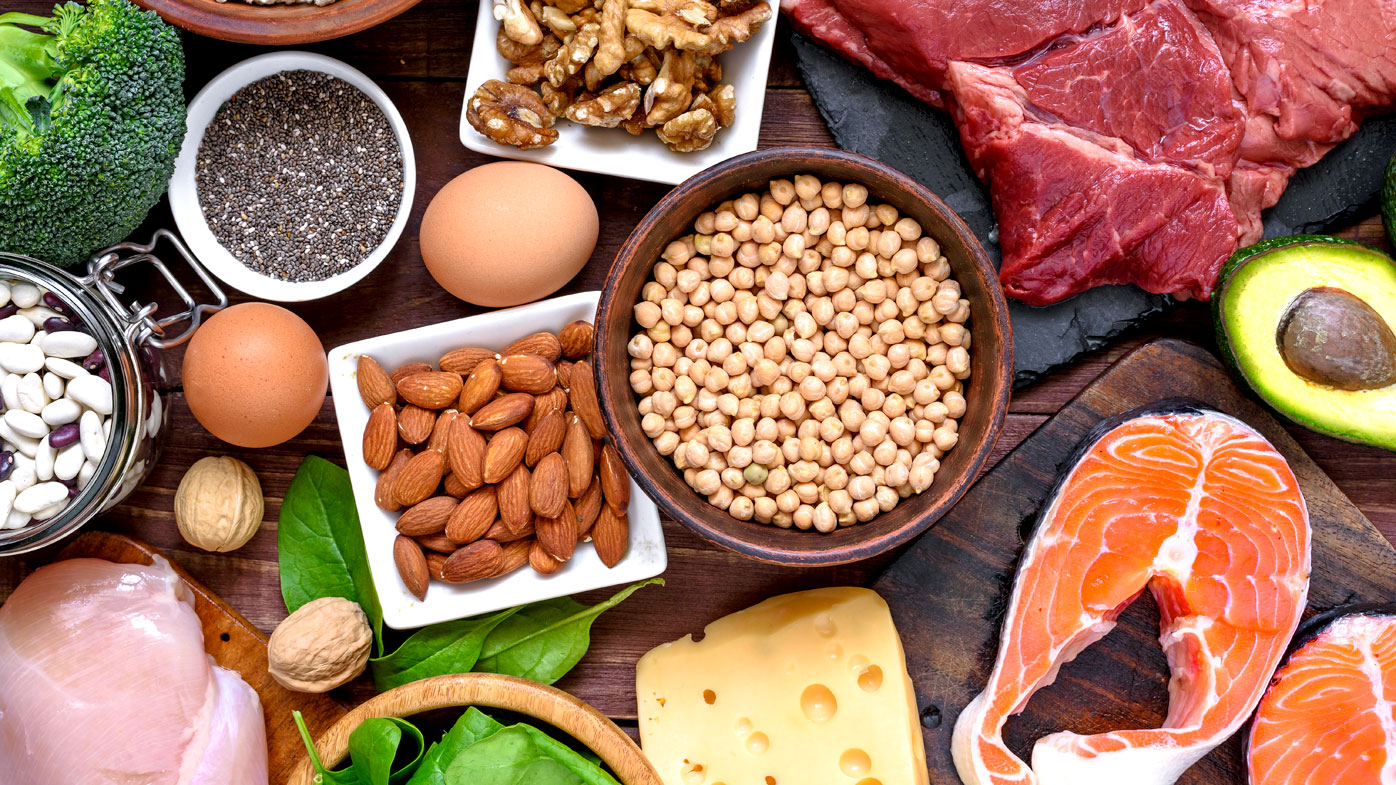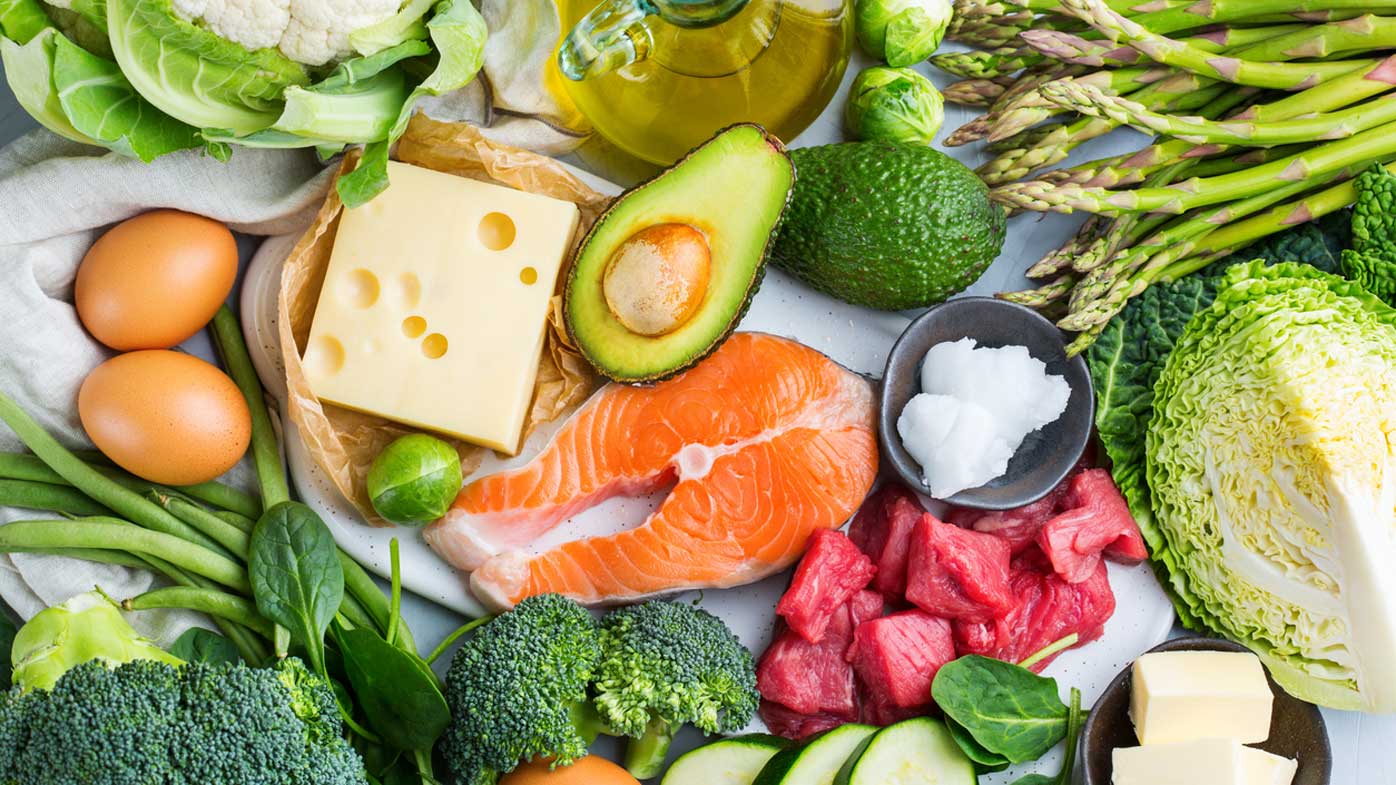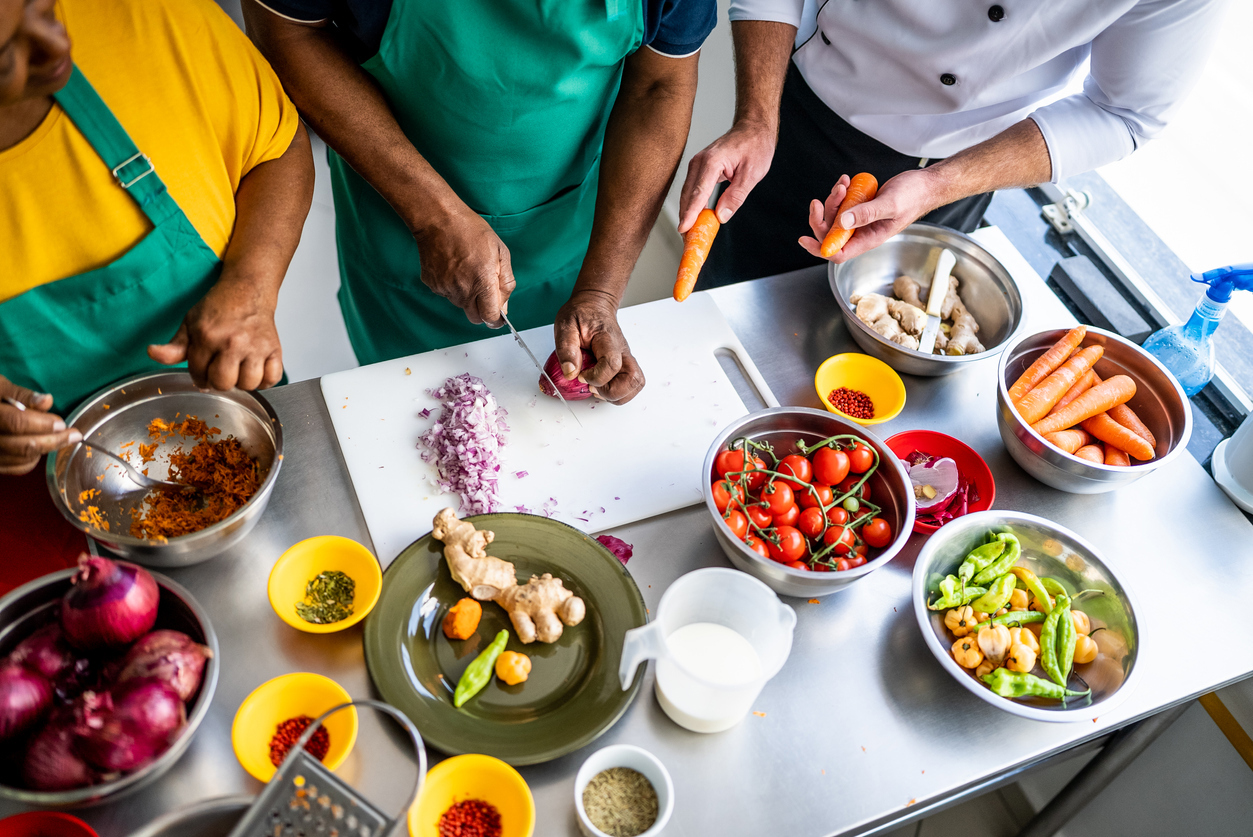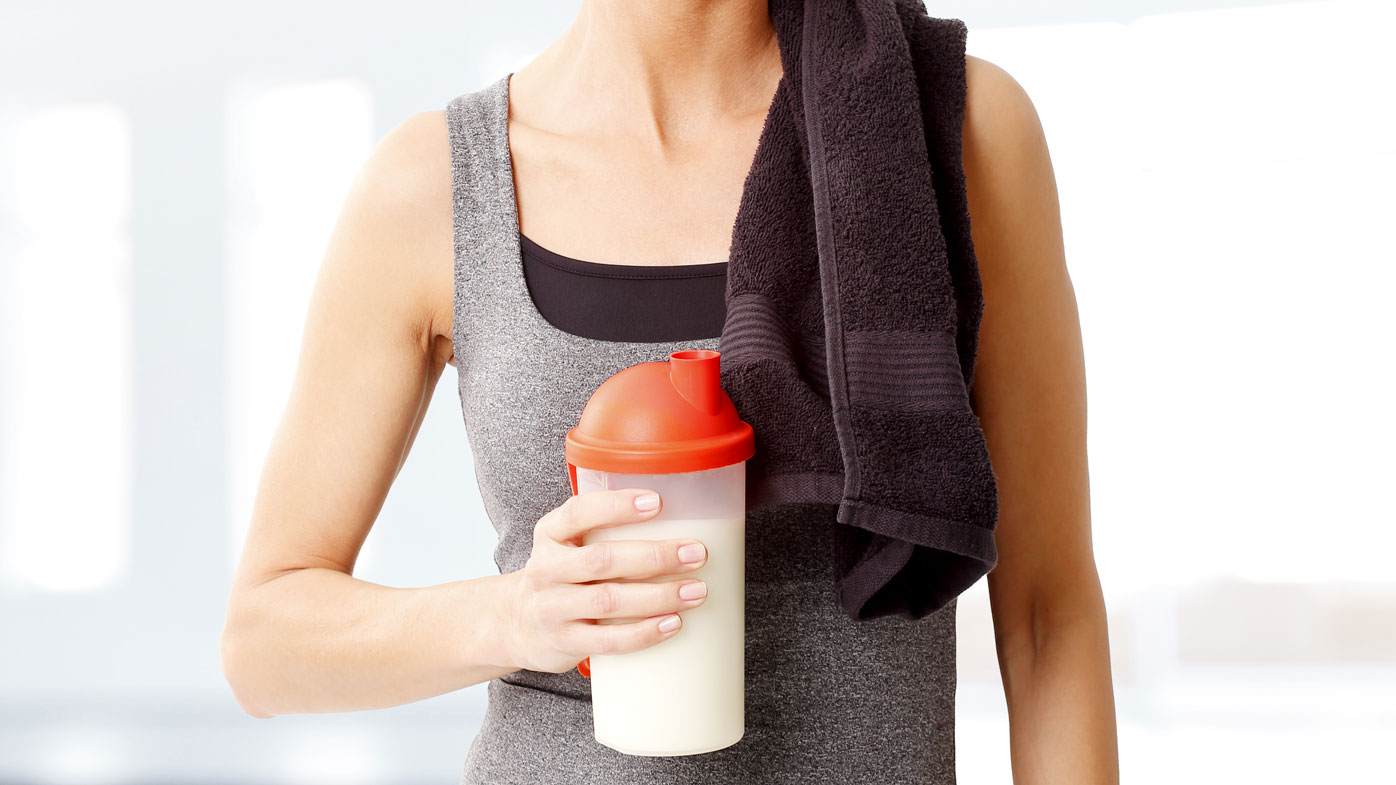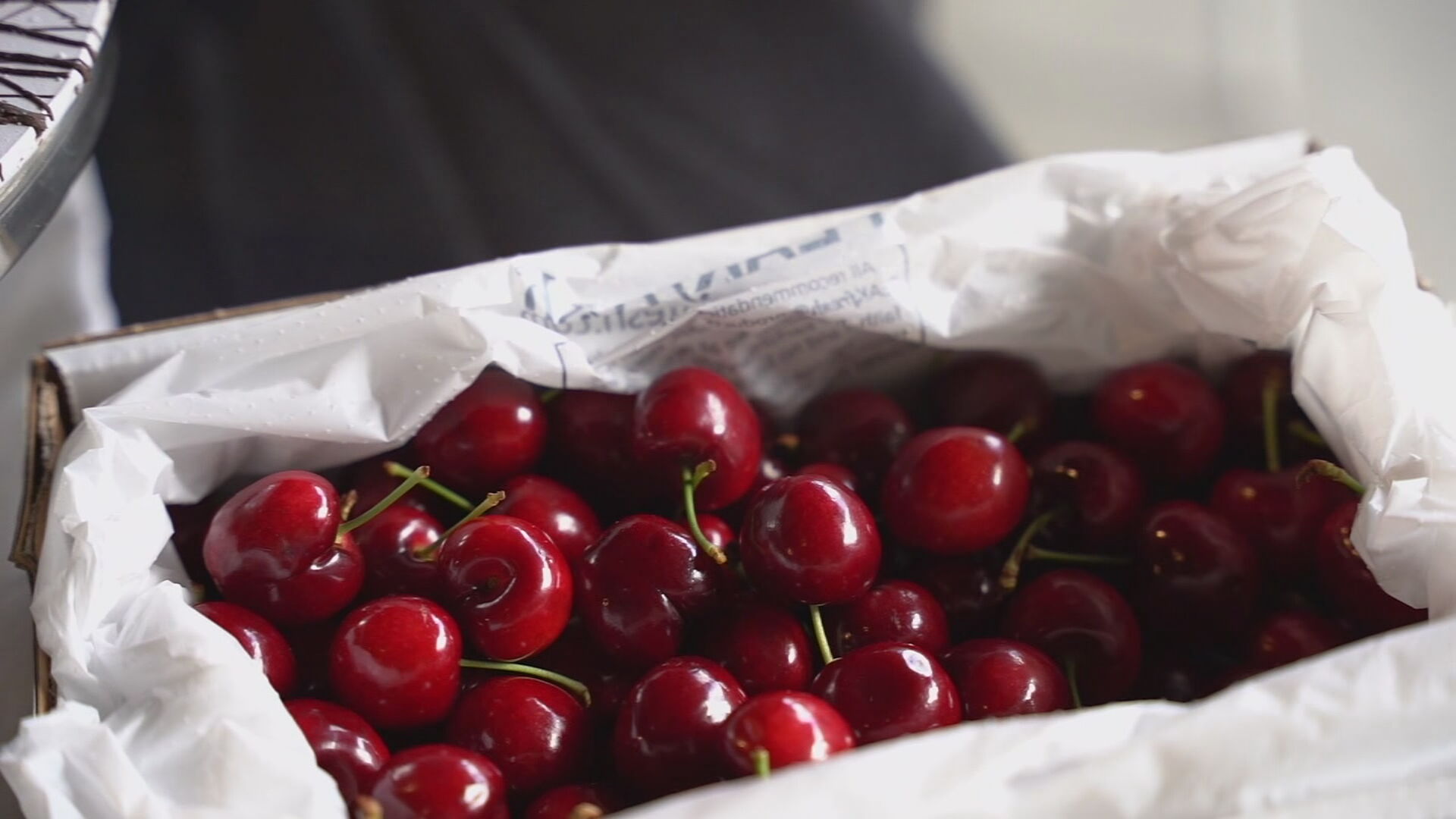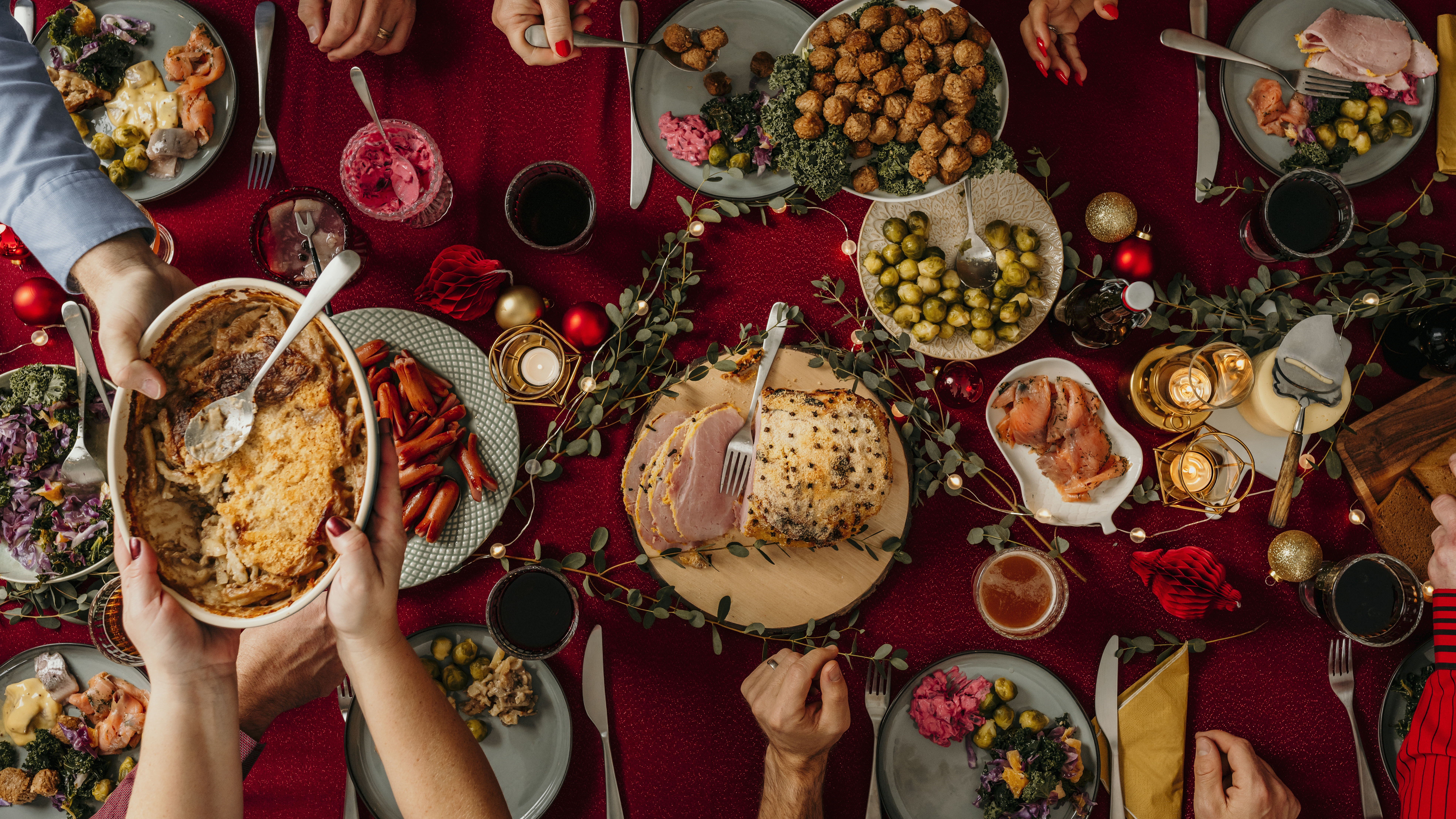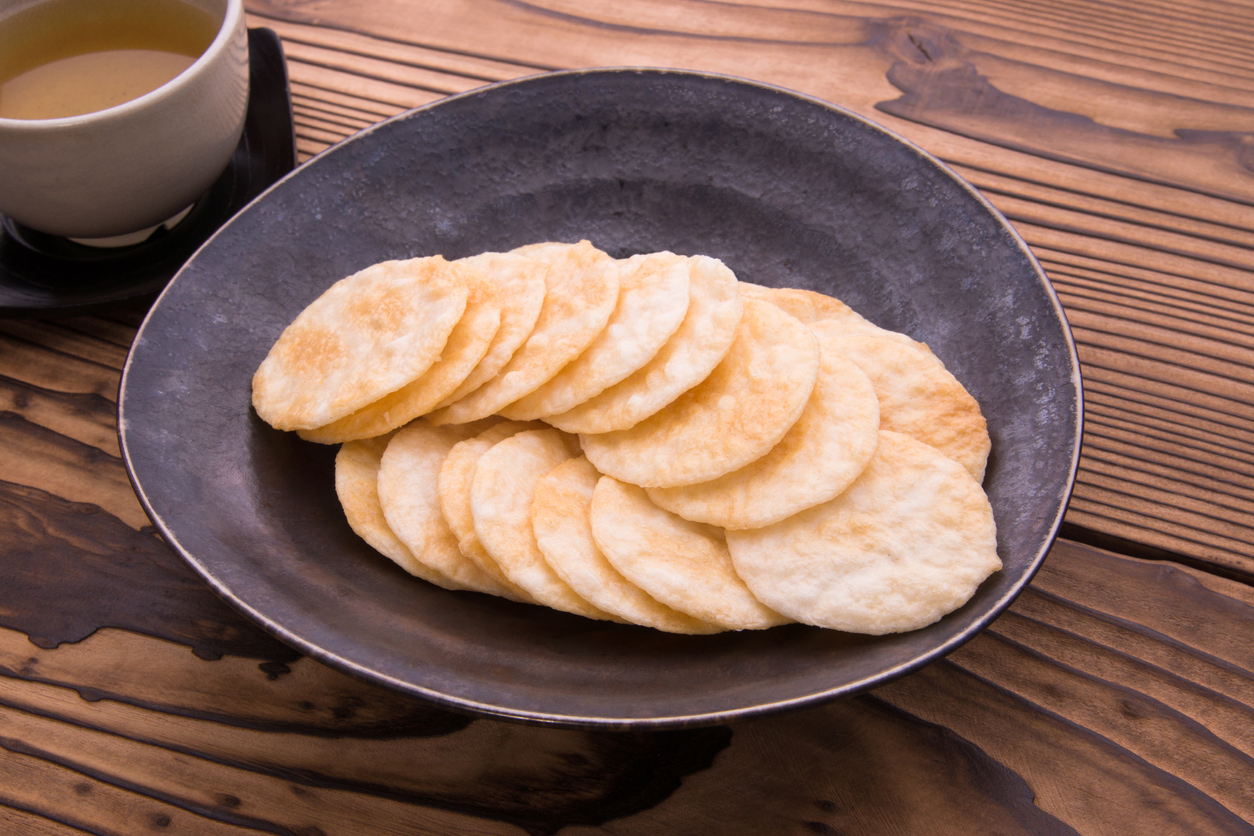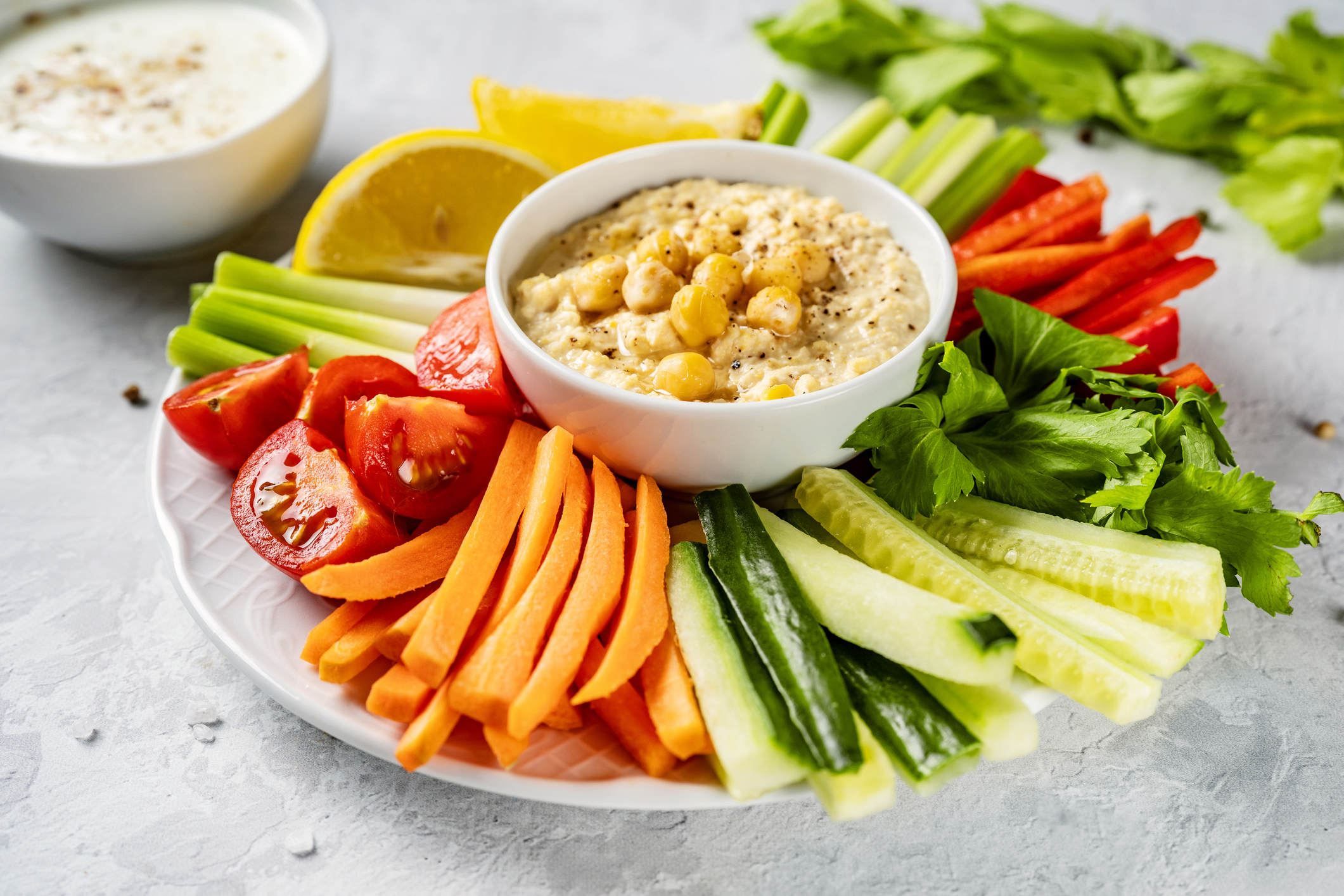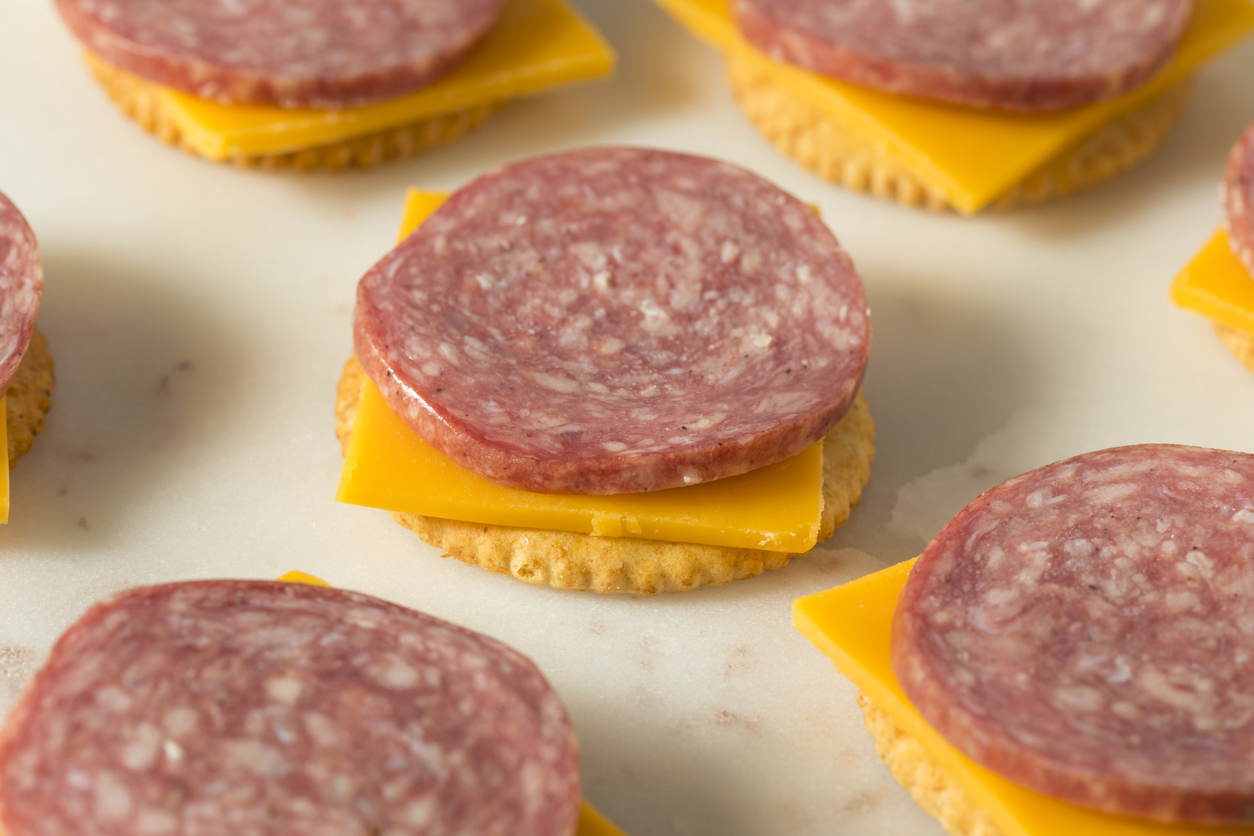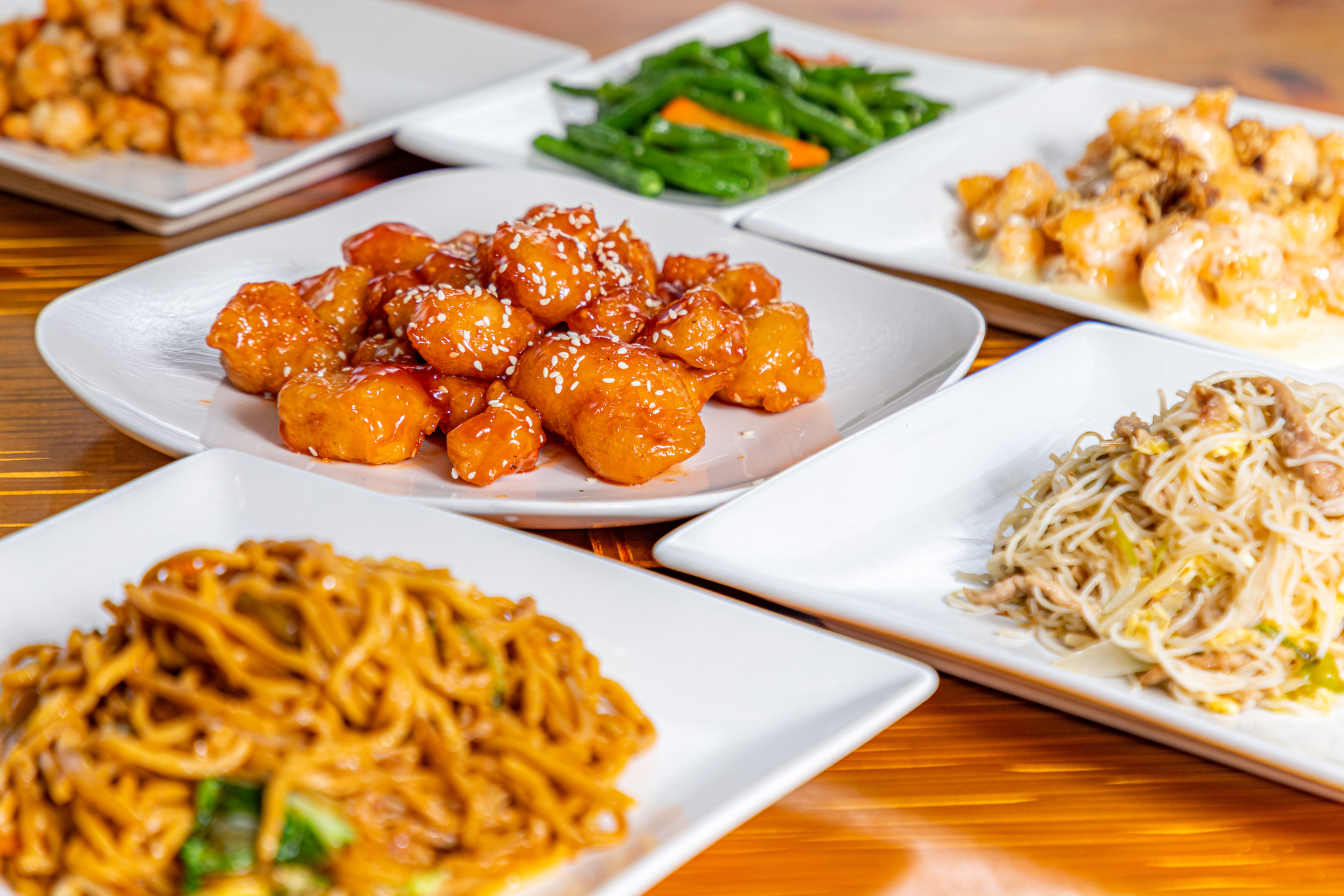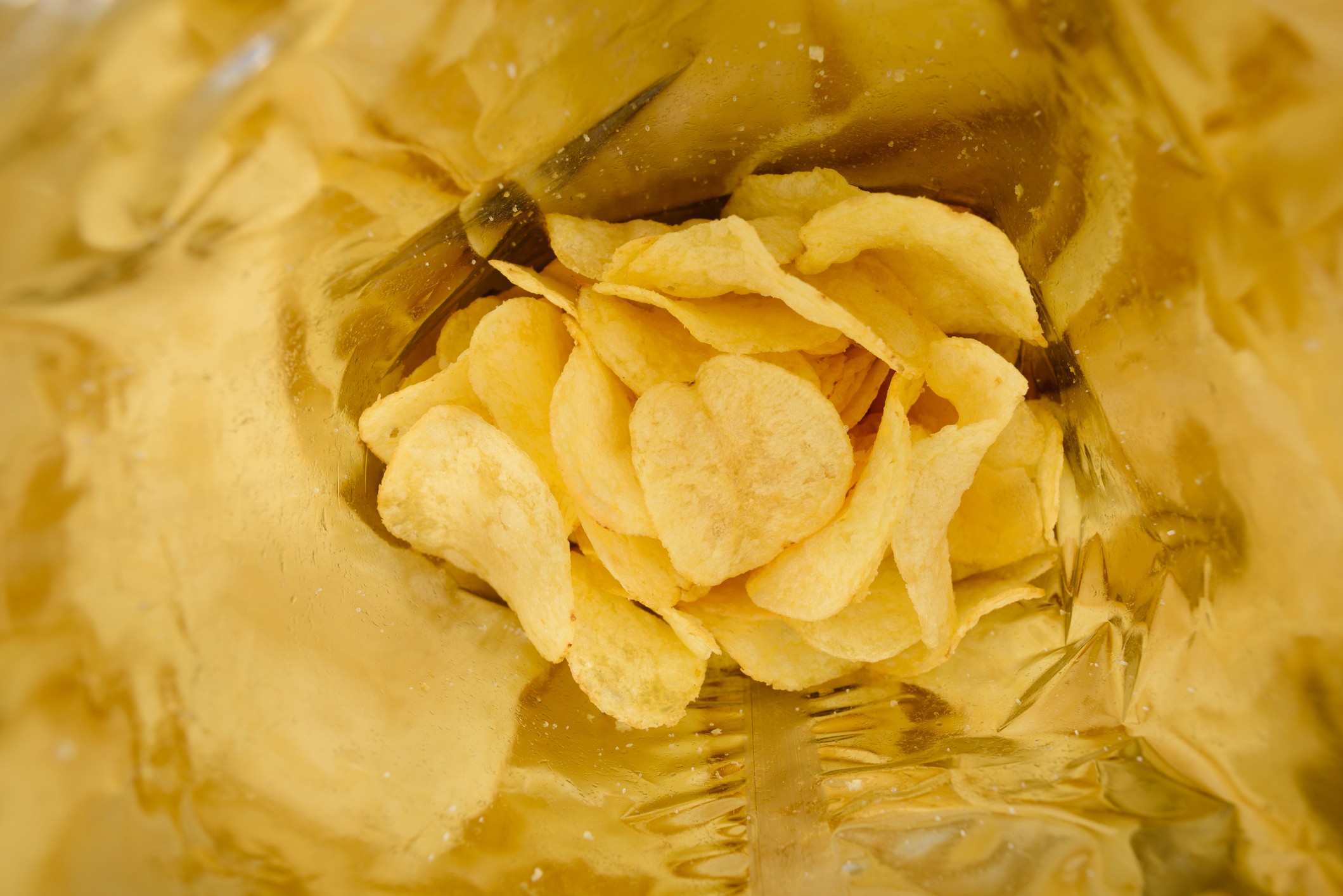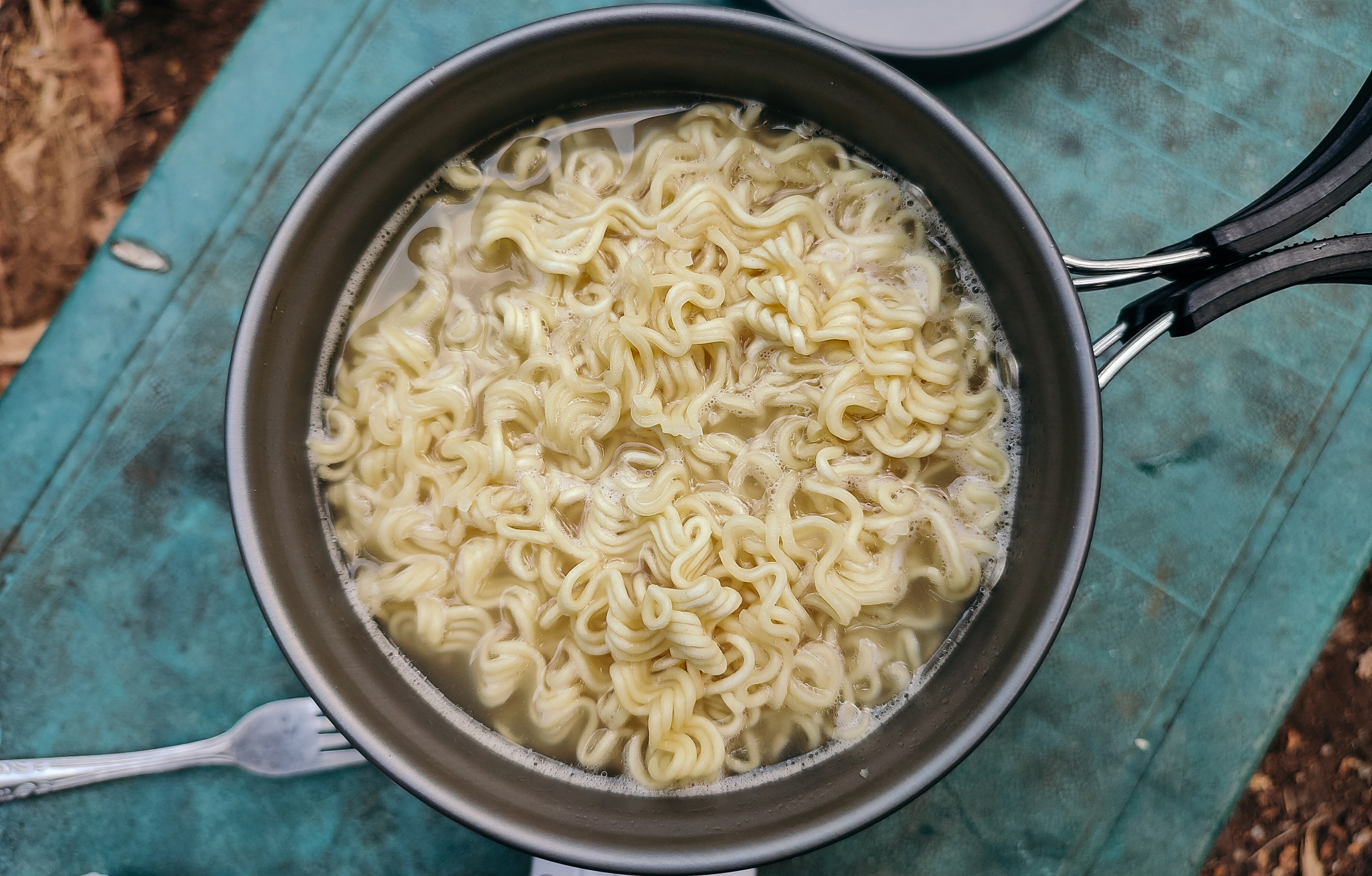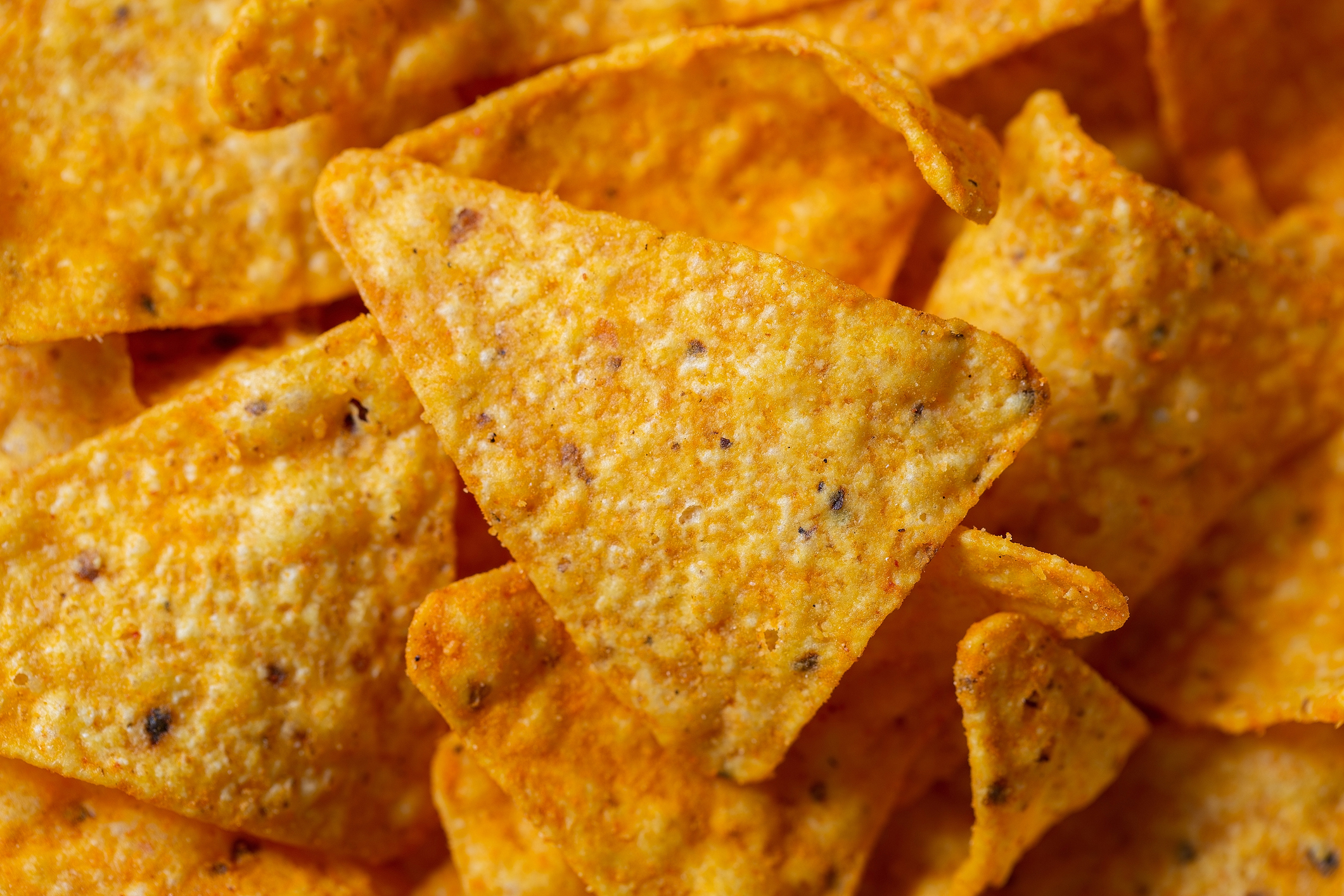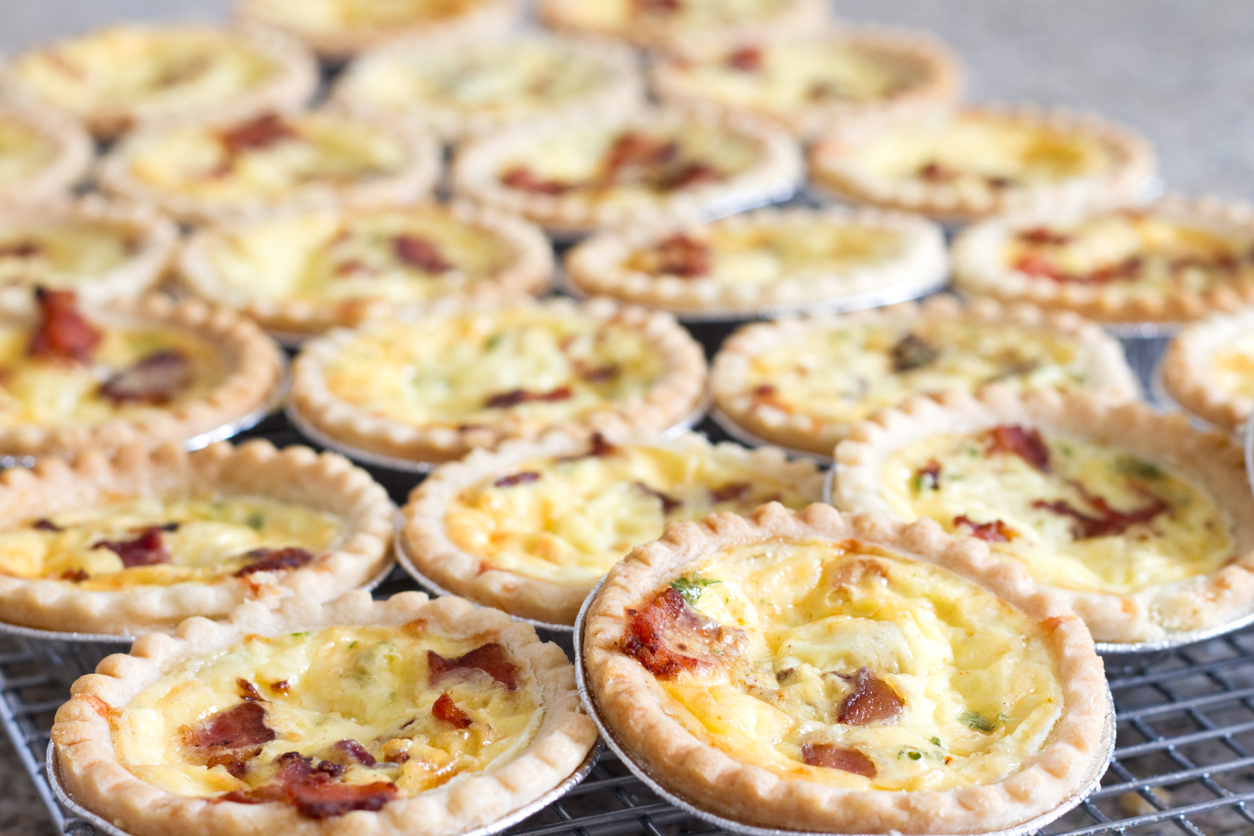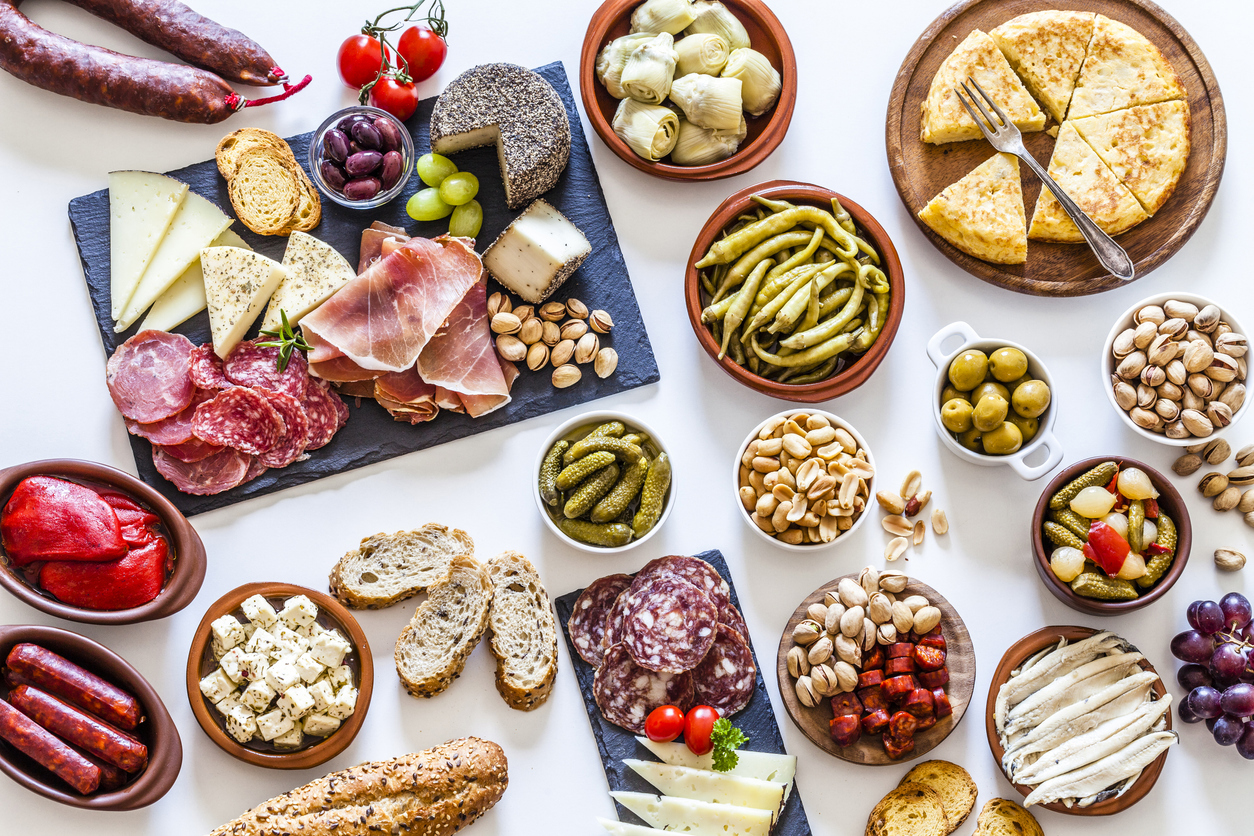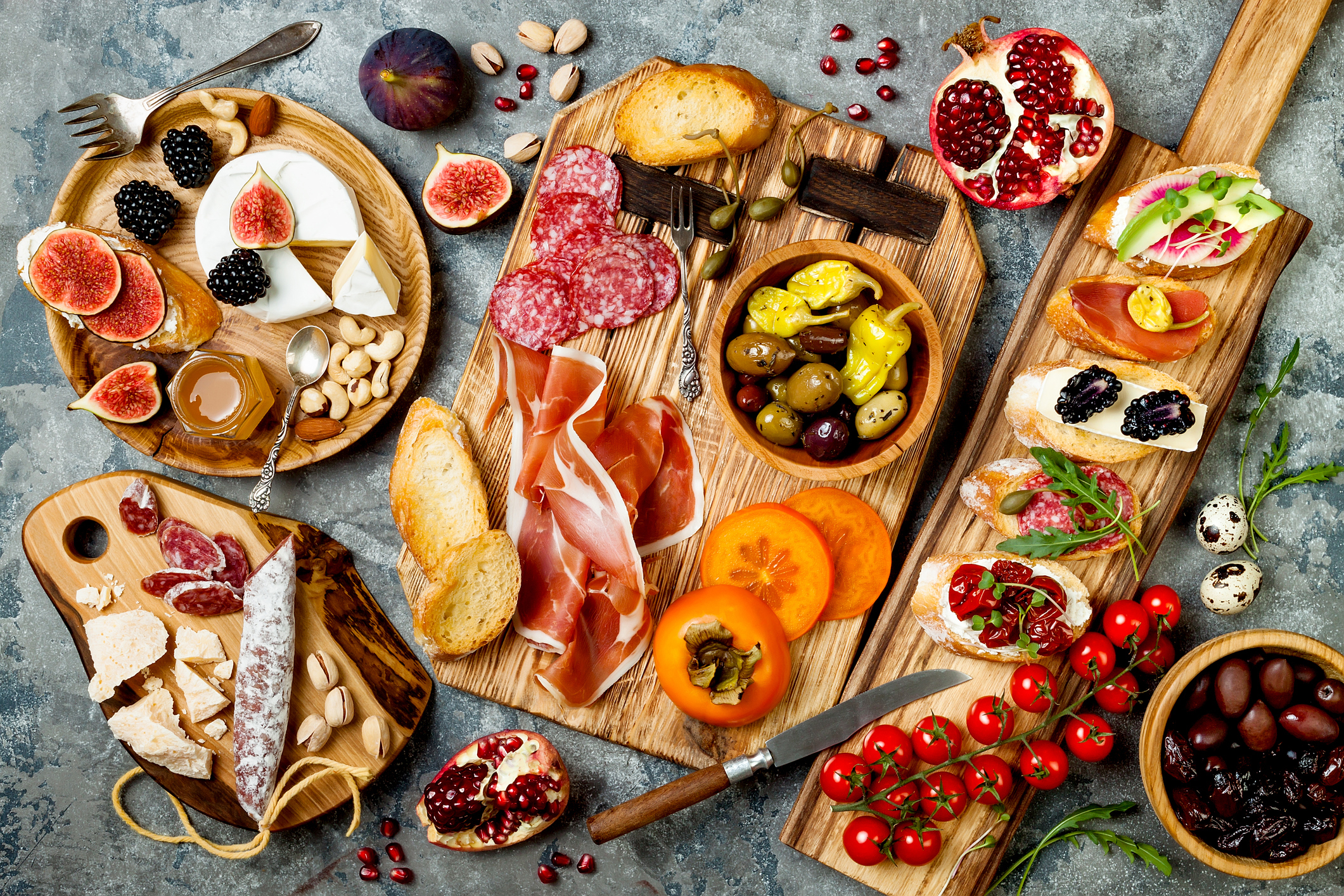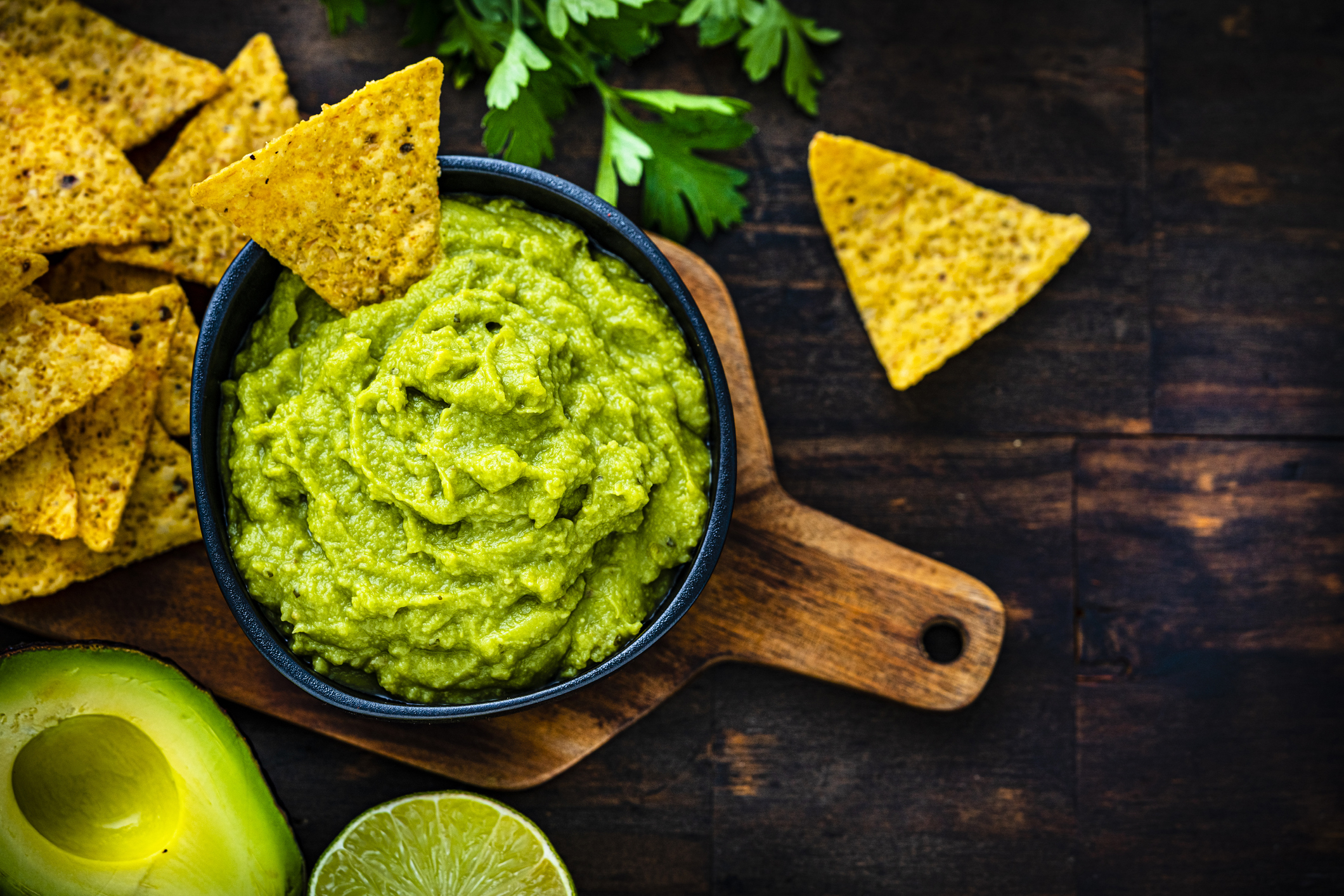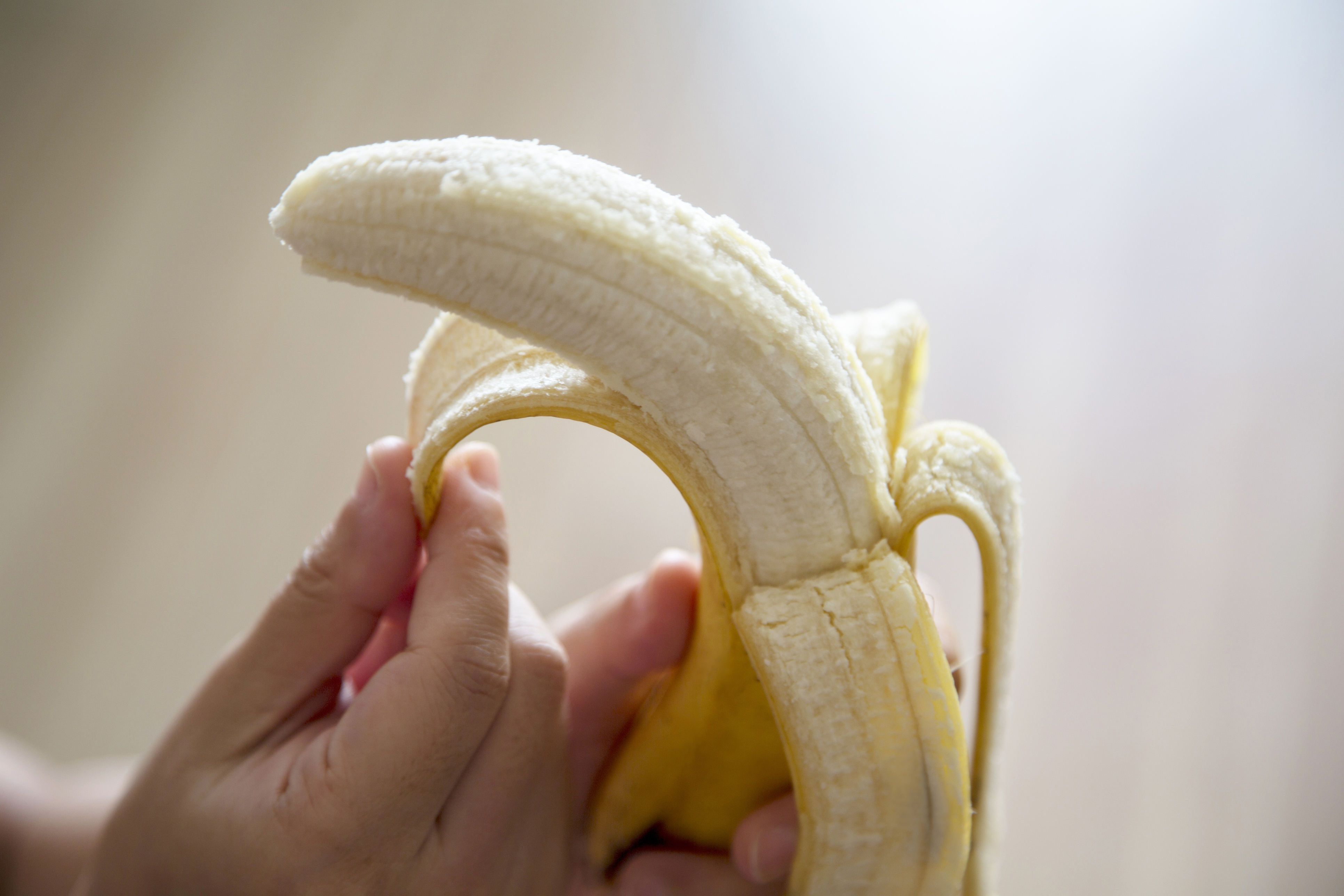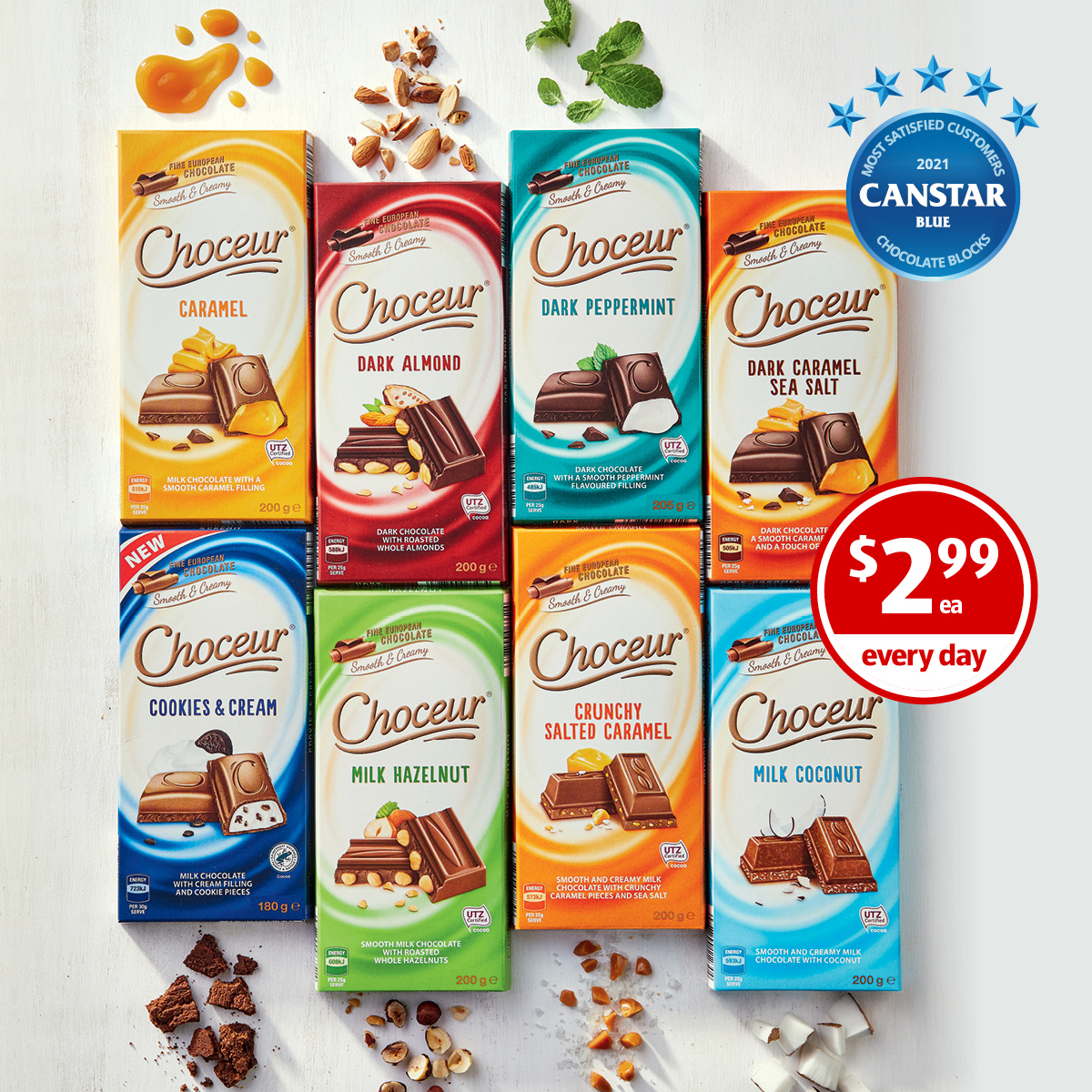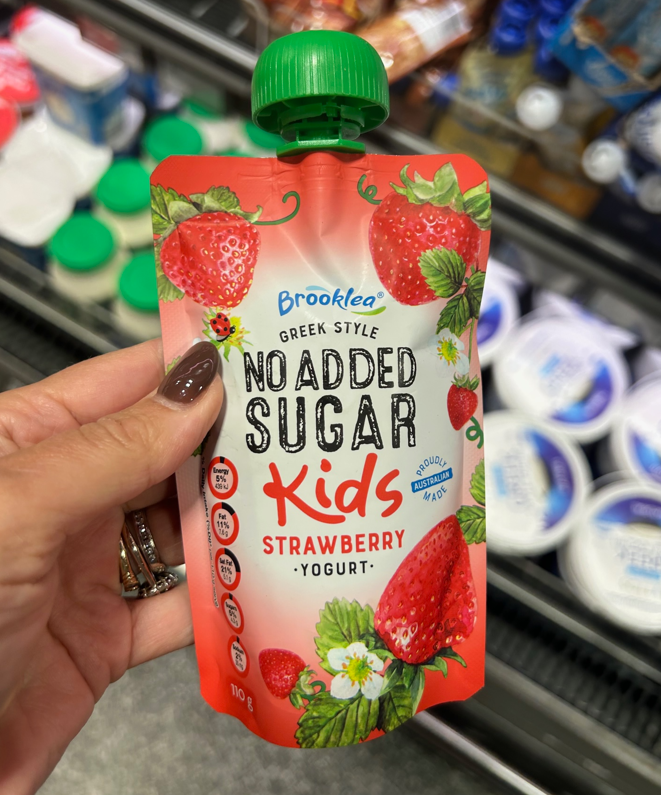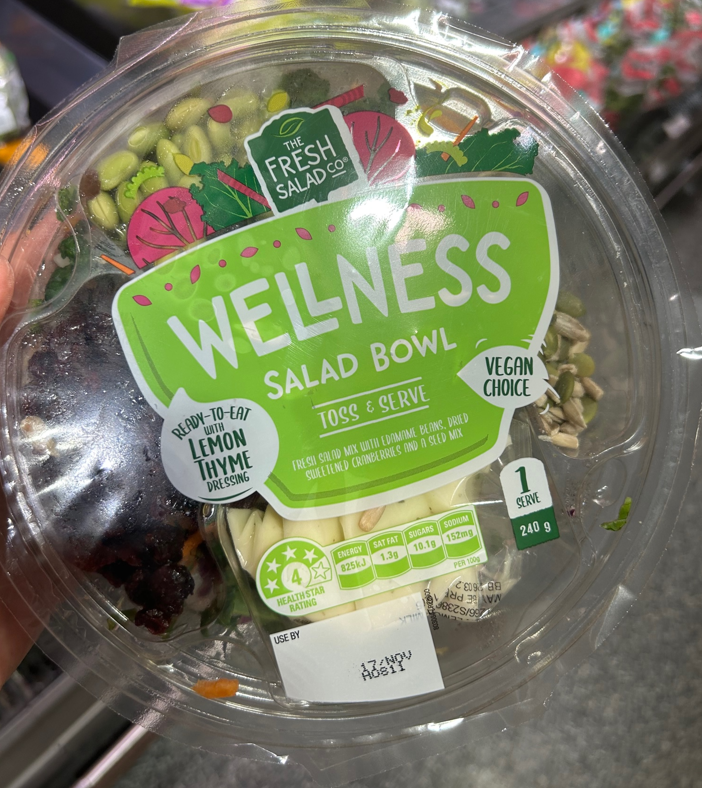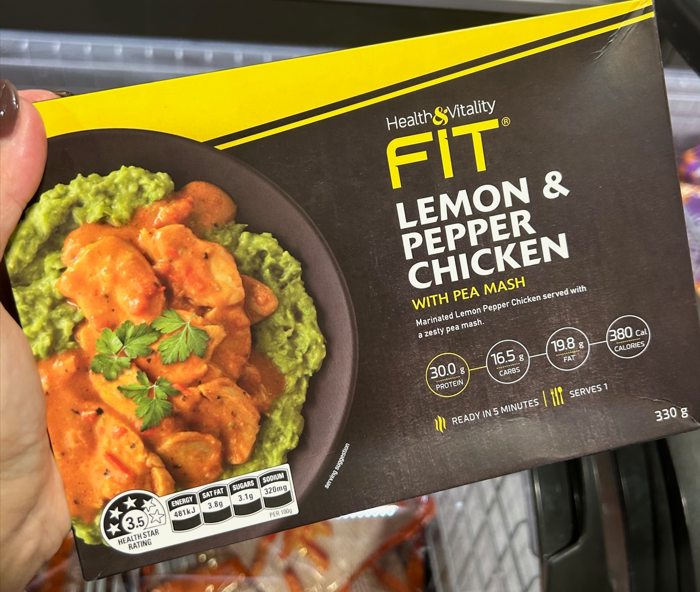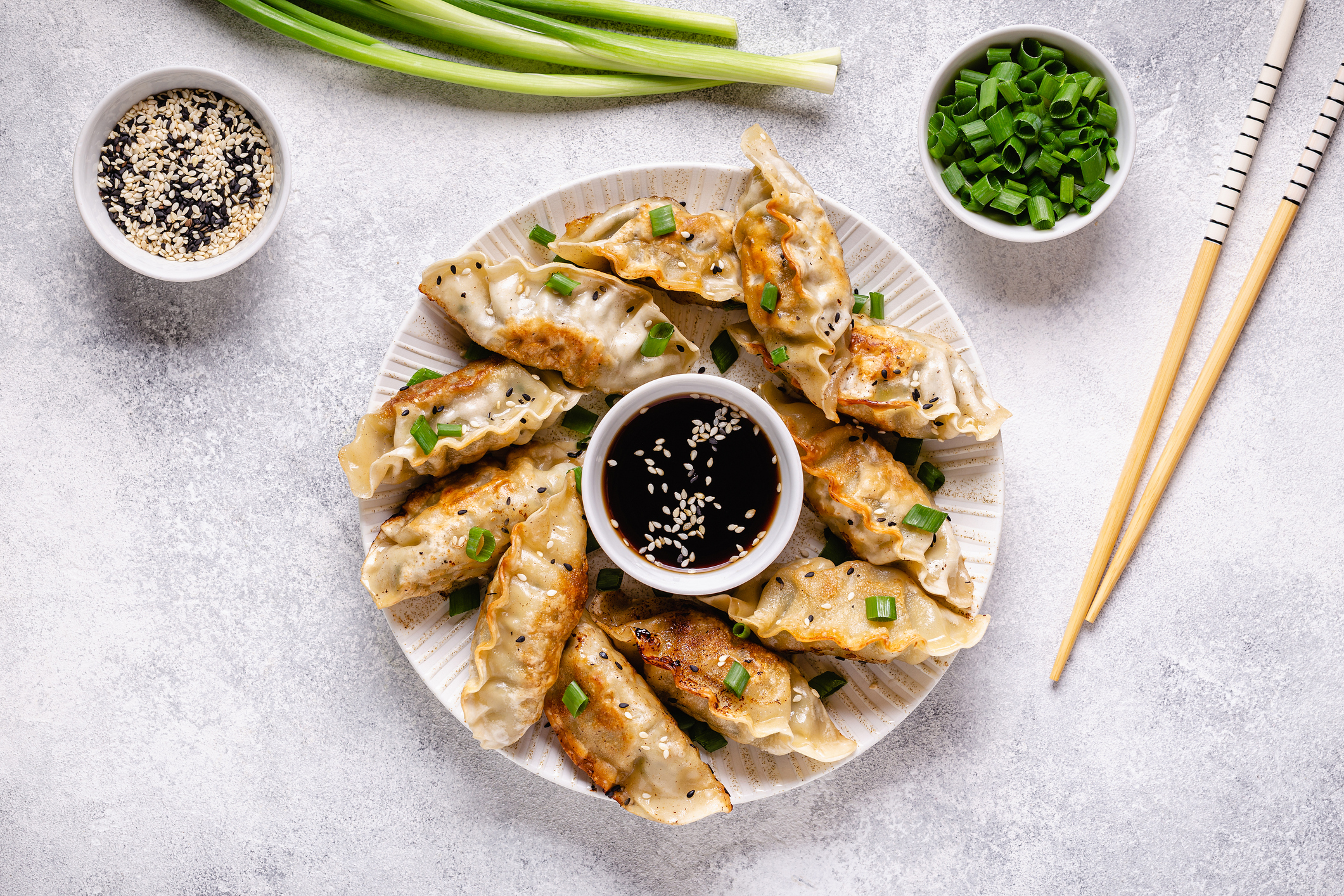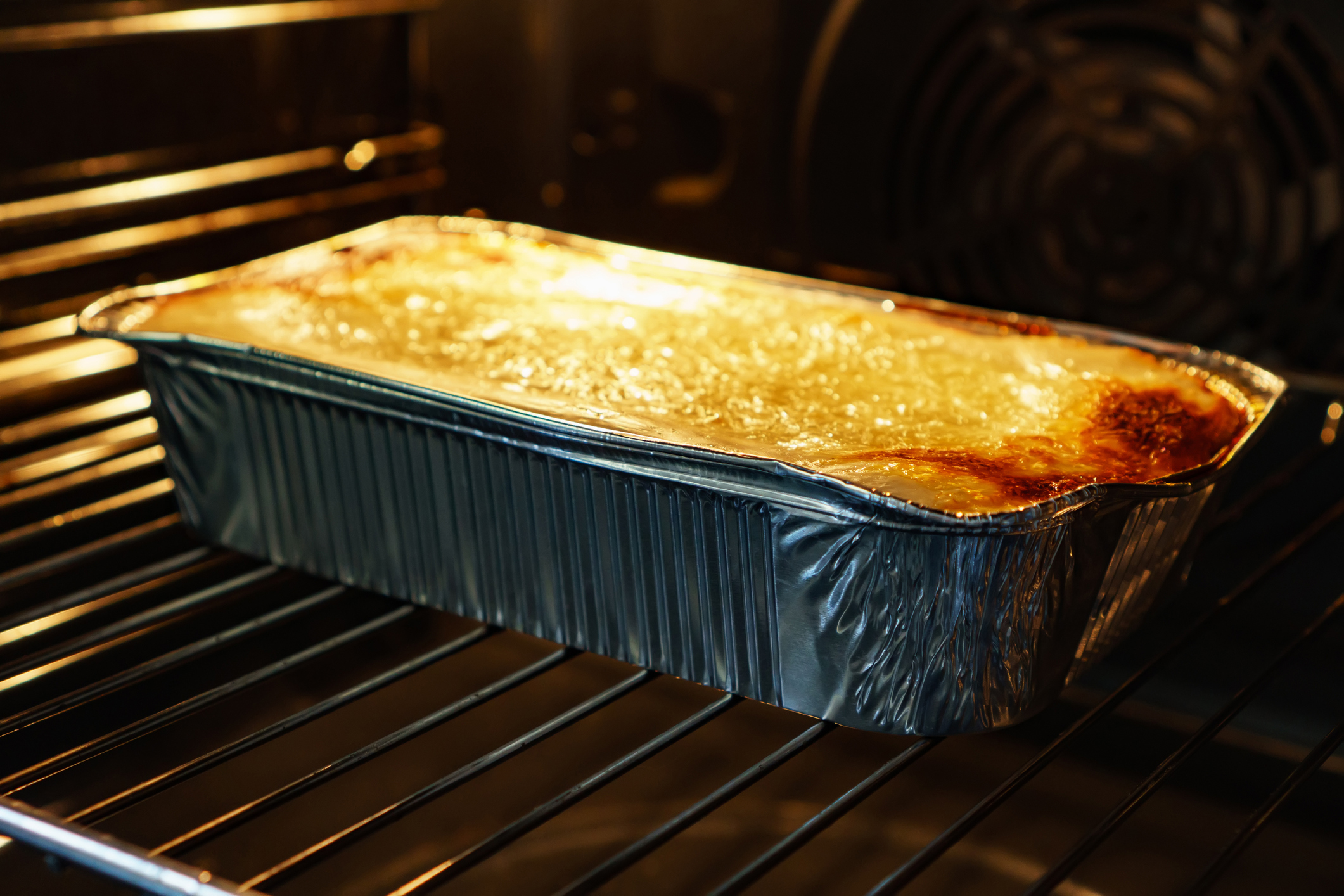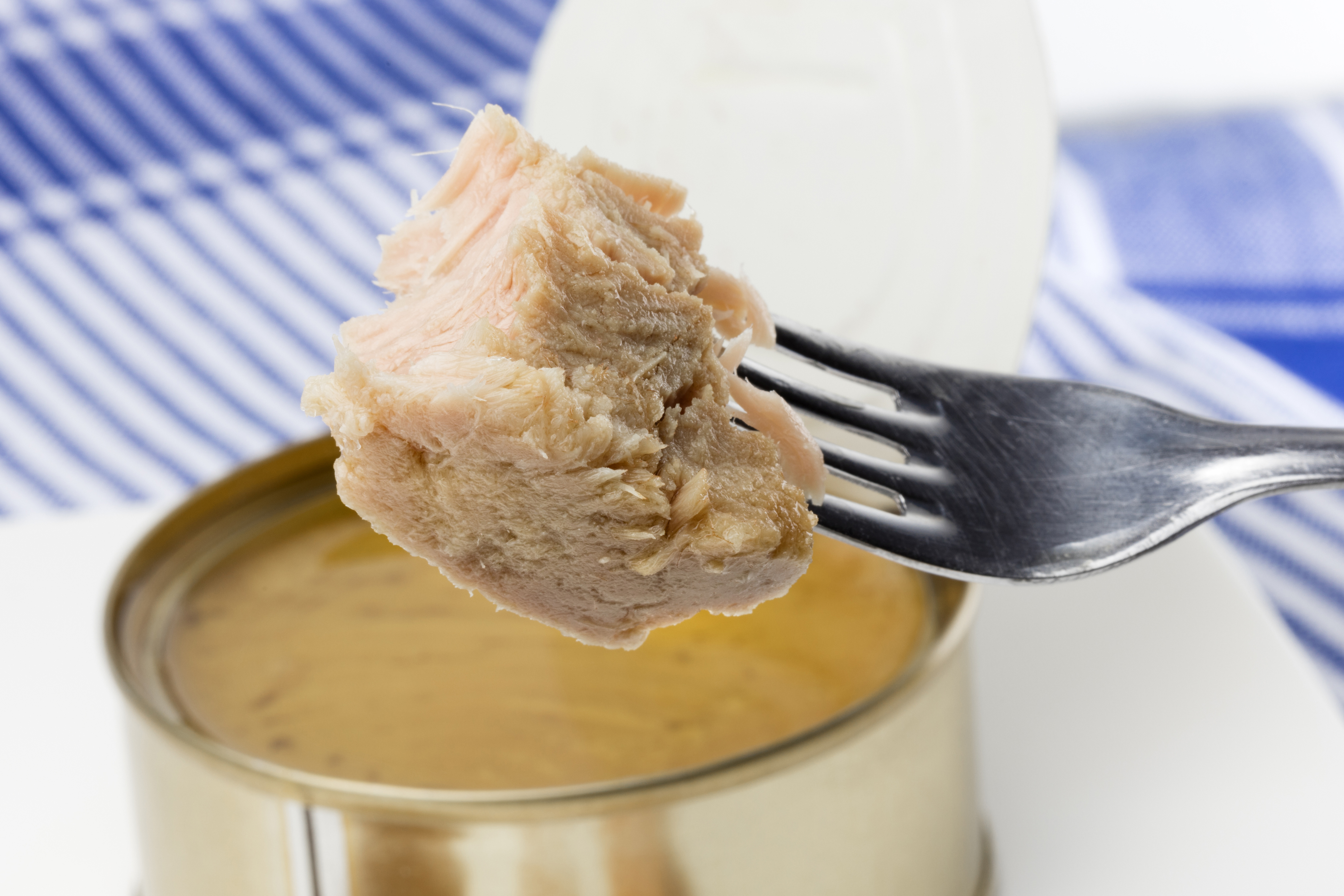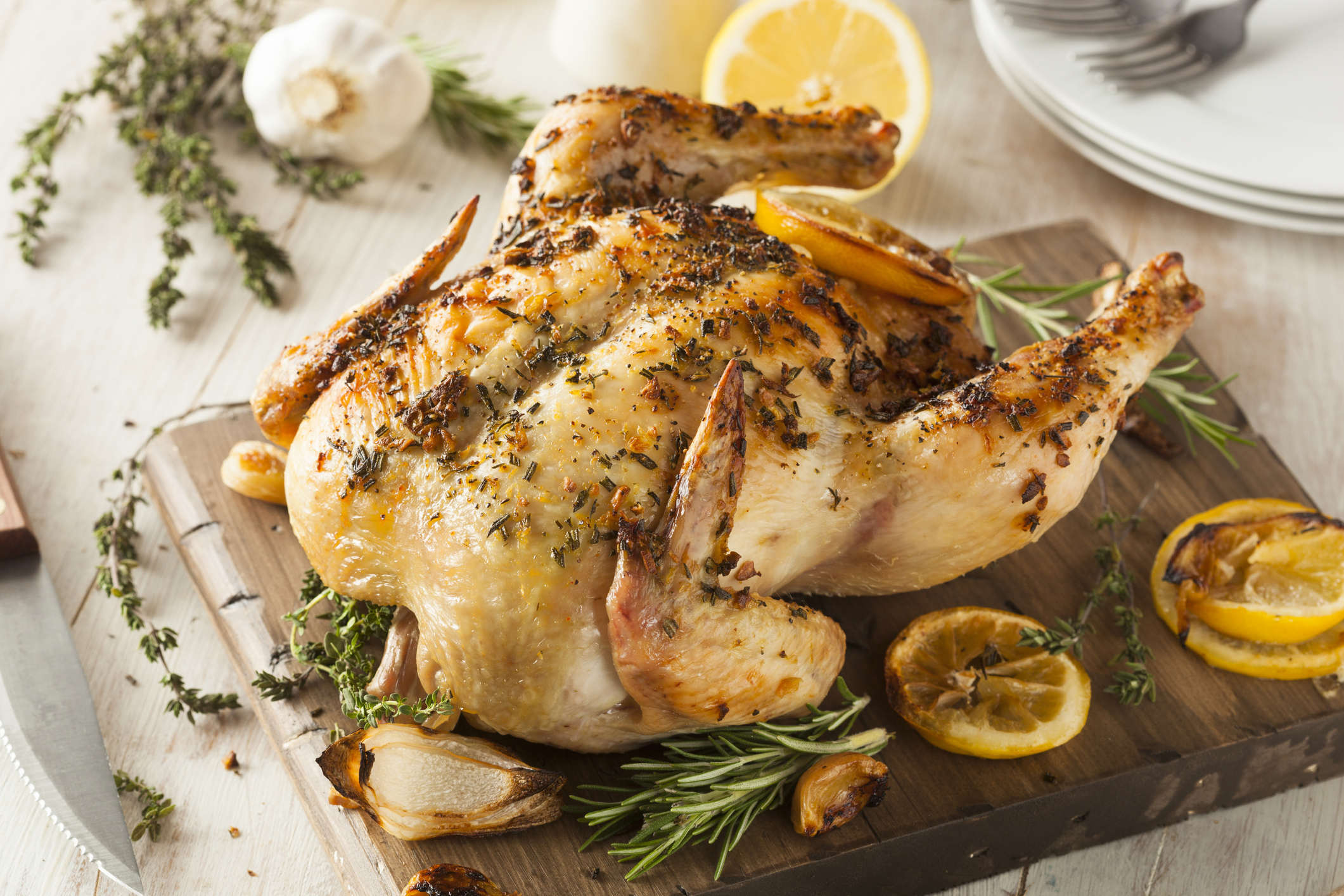Leading Australian dietitian and nutritionist Susie Burrell examines five popular diets, explaining how to tell if they’re suited to you.
Another day, another diet, or so it seems – Paleo, fasting, low carb, keto… the list goes on.
The issue for many of us is knowing what the difference is between all of these diets and which would be the best option for you, to support both health and weight loss.
So if you are keen to drop a few kilos, here are the key things you need to know about the popular diets of the moment so you can make an informed decision about which one may be right for you
Fasting
What is it?
Dietary programs that encourage followers to either dramatically reduce calorie intake on two non-consecutive days (the 5:2 diet) or fast for an extended number of hours each day (intermittent fasting) to reap a range of metabolic benefits which may include slow but sustainable weight loss.
Pros: The 16:8 diet, or intermittent fasting, can be relatively easy to follow and takes the focus off calorie counting and overall food restriction. The only thing dieters need to focus on is eating all their calories within an eight-hour period.
It can fit in with life well, allowing times for eating more at social events and celebrations, with dieters able to somewhat buffer the effects by not eating for a number of hours afterwards.
Cons: The 5:2, in which followers include two especially low-calorie days each week can be difficult to follow long term.
Best for: Those wanting to reap the health benefits associated with fasting including reducing blood pressure, blood glucose, and cholesterol.
It will support small weight losses of 1-2kg per month in those with relatively small amounts of weight to lose (5-10kg).
Paleo
What is it? A relatively low-carb diet that focuses on proteins, good fats, and some vegetables, based on a hunter-gatherer philosophy that embraces natural, unprocessed foods.
Followers are encouraged to avoid all legumes, grains, and dairy, instead seeking out their fats from nuts, coconut oil, oily fish, and meats.
Pros: A pure Paleo approach will include very little processed food making it a relatively healthy regime, if you can stick to it.
Cons: Dietary fibre intake is significantly impacted which can cause gut discomfort for some.
Calcium too is virtually non-existent, which has the potential to impact bone health long term. In real life, it is difficult to stick to long-term, especially if you eat out frequently and don’t have a lot of interest in food prep or cooking.
Best for: Those who will benefit from a lower-carb style of eating although there are better dietary approaches that will achieve similar results with a less restrictive approach to diet and weight loss.
Keto
What is it? A very specific low-carb diet that requires at least 70 per cent of calories to come from fat. This shifts the body’s natural state from burning glucose as its primary fuel into ketosis, in which fat stores are broken down to fuel the brain and the body.
Traditionally used to manage some medical conditions, keto can be very effective in achieving relatively quick weight loss, when it is followed properly.
Pros: A keto diet can result in relatively quick weight loss and suits some people who enjoy higher-fat food. Followers report a general feeling of euphoria when in keto and hunger tends to be less of an issue than can be experienced on reduced calorie eating programs.
Cons: It is not easy to achieve ketosis – there are very few foods to work with to achieve a 70 per cent fat diet, which makes adherence and long term sustainability difficult. Keto is also particularly low in dietary fibre and calcium.
Best for: Those with large amounts of weight to lose and individuals who like high-fat foods.
CSIRO diet
What is it? A moderate- to low-carb approach to weight loss with a focus on lean proteins, vegetables, and controlled portions of good-quality carbs to support slow, sustainable fat loss.
Pros: Unlike other low-carb diets, CSIRO is a more moderate approach and still includes all food groups. Weight loss will be slower but also more likely to be maintained.
Cons: Weight loss may be a little slower than more aggressive low-carb diets. It requires some food prep and cooking to prepare nutritionally balanced meals.
Best for: Individuals wanting to lose 5-20kg but who are happy to do it in a slow, sustainable way and prepare a lot of their own food.
VLCD (800cal)
What is it? Very Low-Calorie Diets (VLCD) generally utilise meal replacement products and diet shakes to achieve an extremely low-calorie intake of just 800 calories per day and have been used for many years in clinical settings to achieve weight loss.
Pros: VLCDs are very effective in achieving quick weight loss if they can be followed.
Cons: VLCDs are difficult to follow long-term and weight loss is often regained as soon as normal eating resumes.
Best for: Those who need to lose weight quickly, for those who do not find it difficult to follow strict diets or for those who often do not eat a lot during the day and find the structure of meal replacement programs easy to follow.
This advice is general in nature and shouldn’t be treated as specific advice. For health advice tailored to your needs and goals, visit a doctor or health professional.

